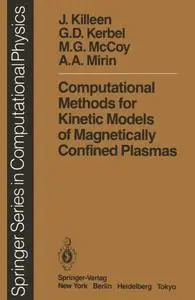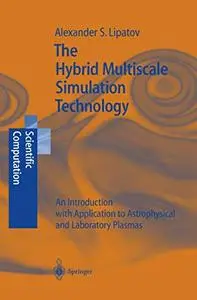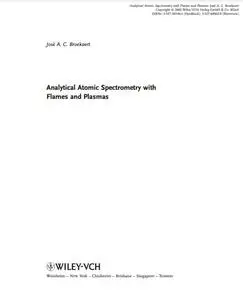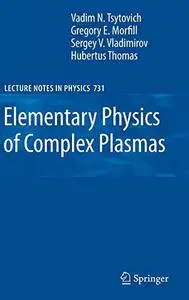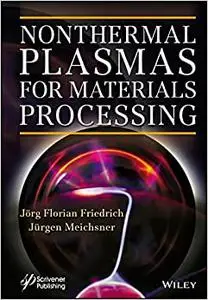Computational Methods for Kinetic Models of Magnetically Confined Plasmas by J. Killeen , G. D. Kerbel , M. G. McCoy , A. A. Mirin
English | PDF | 1986 | 208 Pages | ISBN : 3642859569 | 17 MB
Because magnetically confined plasmas are generally not found in a state of thermodynamic equilibrium, they have been studied extensively with methods of applied kinetic theory. In closed magnetic field line confinement devices such as the tokamak, non-Maxwellian distortions usually occur as a result of auxiliary heating and transport. In magnetic mirror configurations even the intended steady state plasma is far from local thermodynamic equilibrium because of losses along open magnetic field lines. In both of these major fusion devices, kinetic models based on the Boltzmann equation with Fokker-Planck collision terms have been successful in representing plasma behavior. The heating of plasmas by energetic neutral beams or microwaves, the production and thermalization of a-particles in thermonuclear reactor plasmas, the study of runaway electrons in tokamaks, and the performance of two-energy compo nent fusion reactors are some examples of processes in which the solution of kinetic equations is appropriate and, moreover, generally necessary for an understanding of the plasma dynamics. Ultimately, the problem is to solve a nonlinear partial differential equation for the distribution function of each charged plasma species in terms of six phase space variables and time. The dimensionality of the problem may be reduced through imposing certain symmetry conditions. For example, fewer spatial dimensions are needed if either the magnetic field is taken to be uniform or the magnetic field inhomogeneity enters principally through its variation along the direction of the field.



